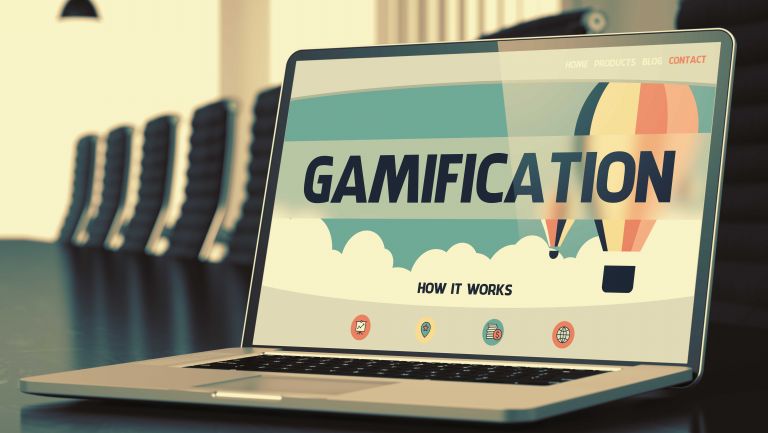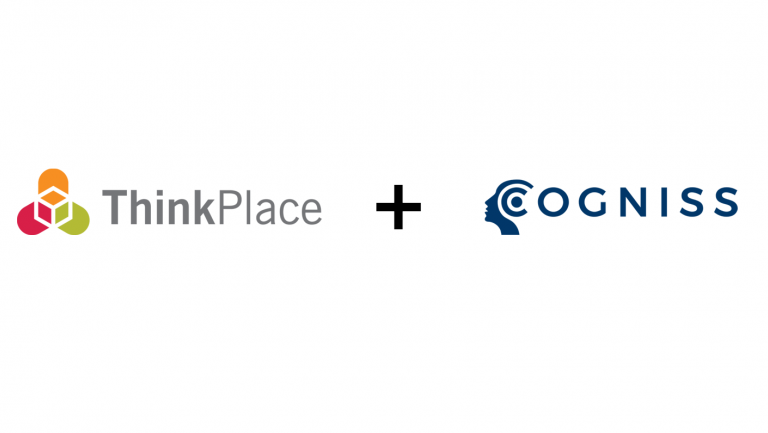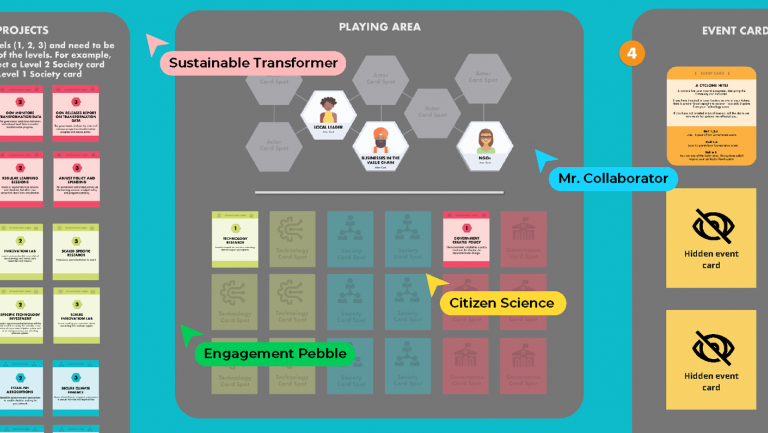Sign up for our monthly newsletter

Digital accessibility is for all
During a recent project, one of our user testers—I’ll call him “Mark”—said something that struck me. We were reviewing the accessibility of an online tool and Mark, who is blind, said: “Meeting accessibility guidelines isn’t just for a person with a physical impairment. It also helps someone who experiences anxiety or someone whose first language isn’t English”.
Mark’s words reminded me that accessible digital design benefits everyone. It creates more inclusive content, capable of reaching a wider audience.

1 in 5 Australians—over 4 million people—live with a disability. In addition to physical impairments, such as deafness or limited mobility, many Australians experience mental health conditions and cognitive impairment. Web Content Accessibility Guidelines were created to make online material more accessible to these people with disabilities.
More than this, though, Australia has a diverse population, with varying abilities to perceive, understand and action web content. For many Australians, English is not their first language. Levels of literacy and numeracy vary and our population is ageing. Our Aboriginal and Torres Strait Islander peoples come from many distinct cultural groups with unique perspectives and needs.
Making digital content accessible and inclusive for as wide a range of people as possible is good design. It considers the diversity of our audience and removes the focus on individuals with a disability.
Well-designed, accessible web content benefits the audience in six ways:
A clear message
A well-built website has an intuitive name and a clear introductory page. The first-time user easily understands the purpose of the site and what they will use the site for. Clear titles similarly signpost the purpose and content of individual sections.
Plain English
Language in accessible content is friendly and active. It uses pronouns such as “you” and “their” to engage the reader and make actions unambiguous. It uses simple, everyday words that everyone can understand. Sentences are short and direct.
Adaptability
Good online design allows the user to use the site the way they want to. Content is displayed similarly and logically in desk-top, tablet and smart phone applications. It is technically accessible and structured to support assistive tools such as screen readers and braille displays.
Adaptability also means a user can take a break from their work and return to where they last were. This may help, for example, someone who experiences anxiety and needs time and breaks to complete a task.
Compatibility
All of the elements of online material—headings, icons, images, text, videos, forms for the user to enter data—are clearly structured and labelled, allowing content to be shared between other programs and apps. Each app understands the purpose of each element and displays and uses its content in similar ways.
Large font and high contrast
Text is distinguished from other material around it, making it visible without the user having to strain. Large fonts and effective contrasting colours making reading easier.
Clean layout
It is easier to understand and work with a webpage that is minimalistic than one that is clogged with unnecessary images and decorations. Each element has a clear and meaningful purpose. Navigation between pages is streamlined, with a clear link between where the user is now and what’s coming up next.
Conclusion
As digital designers, we should always be aware of our audience and designing to meet their needs. Accessibility should not be just a review at the end of a design process, but something that is built in from the beginning. Accessibility guidelines are one tool to meet our users’ needs, but may not be sufficient on their own. Our users may require other considerations so that they can perceive, understand and interact with the system we are designing.
By focussing on the user, we are doing good design work, creating accessible and inclusive content for all.






